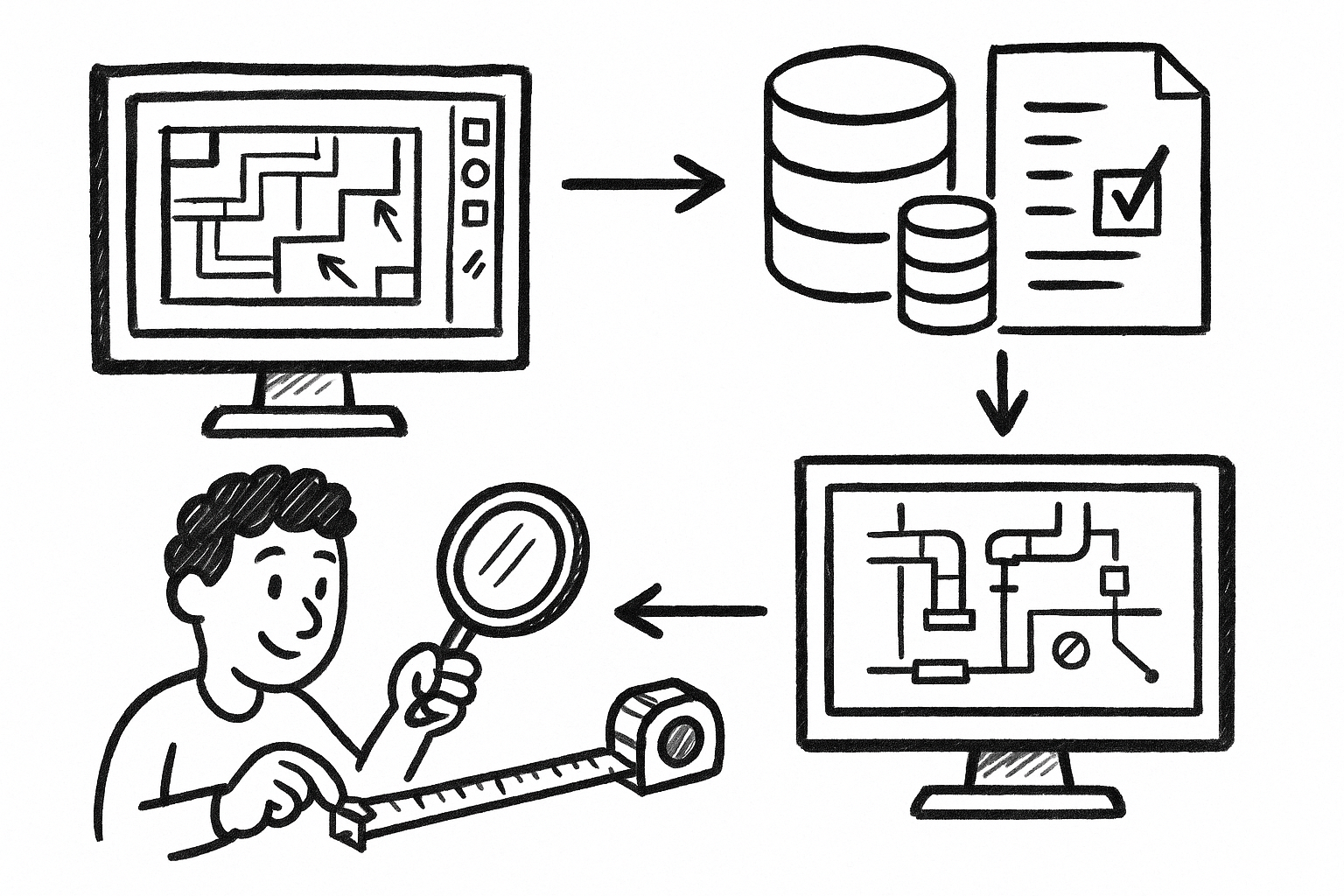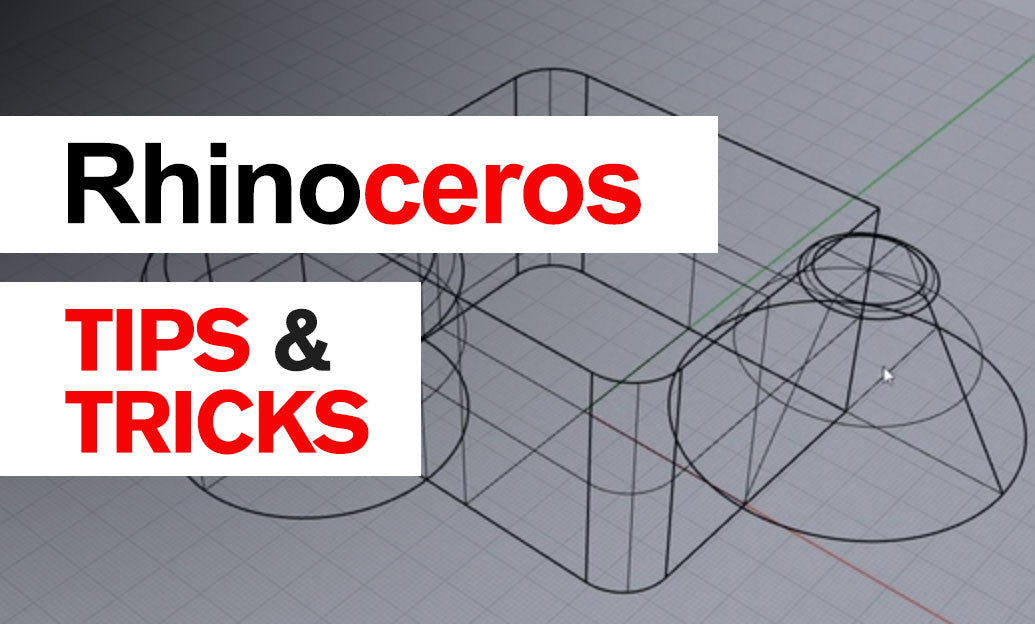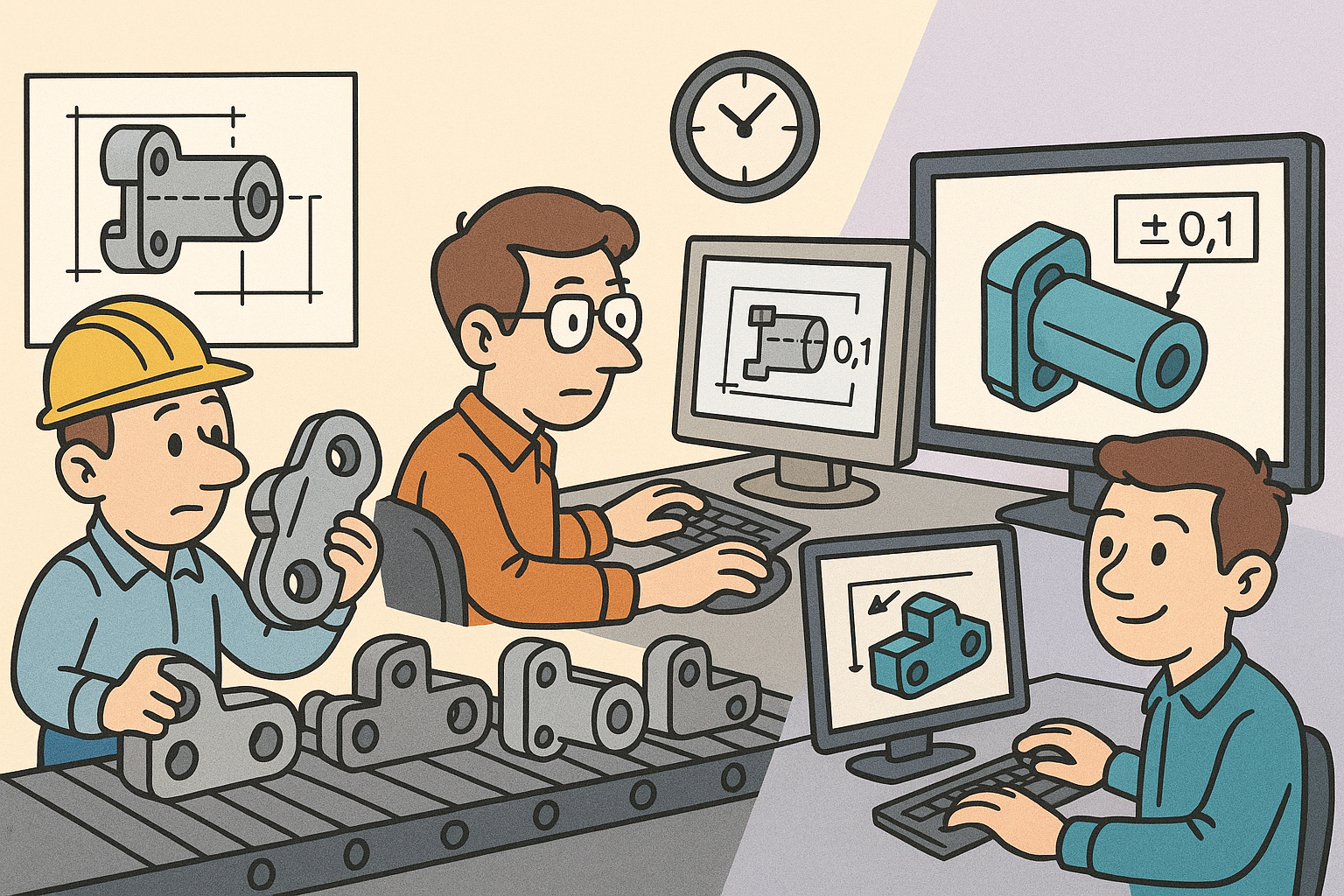Your Cart is Empty
Customer Testimonials
-
"Great customer service. The folks at Novedge were super helpful in navigating a somewhat complicated order including software upgrades and serial numbers in various stages of inactivity. They were friendly and helpful throughout the process.."
Ruben Ruckmark
"Quick & very helpful. We have been using Novedge for years and are very happy with their quick service when we need to make a purchase and excellent support resolving any issues."
Will Woodson
"Scott is the best. He reminds me about subscriptions dates, guides me in the correct direction for updates. He always responds promptly to me. He is literally the reason I continue to work with Novedge and will do so in the future."
Edward Mchugh
"Calvin Lok is “the man”. After my purchase of Sketchup 2021, he called me and provided step-by-step instructions to ease me through difficulties I was having with the setup of my new software."
Mike Borzage
Integrating PLM Systems with Design Software: Enhancing Collaboration, Workflow Efficiency, and Product Quality
August 15, 2024 3 min read


Introduction to PLM and Design Software Integration
Product Lifecycle Management (PLM) systems are comprehensive solutions designed to manage the complete lifecycle of a product, from its initial conception through design, manufacturing, service, and disposal. These systems serve to centralize and streamline the management of product information and processes across the entire enterprise. The primary functions of PLM include data management, process management, project management, and product portfolio management.
The importance of PLM in managing a product's lifecycle cannot be overstated. It facilitates collaboration among different departments, ensures compliance with industry regulations, and helps in maintaining a single source of truth for all product-related information.
Design software, on the other hand, encompasses various tools used in different industries, such as Computer-Aided Design (CAD), Computer-Aided Manufacturing (CAM), and Computer-Aided Engineering (CAE). These tools are critical for product development, enabling designers and engineers to create, simulate, and validate their designs before they are manufactured.
Integrating PLM systems with design software is becoming increasingly essential. The rationale behind this integration includes the need for enhanced collaboration among teams, reduced time-to-market, and improved product quality. By integrating these systems, companies can achieve significant benefits such as streamlined communication, better workflow management, and improved data accuracy.
Enhanced Collaboration and Workflow Efficiency
One of the key benefits of integrating PLM systems with design software is the ability to streamline communication among design, engineering, and manufacturing teams. Integrated systems provide tools and features that facilitate real-time collaboration and data sharing, ensuring that all stakeholders have access to the most up-to-date information.
Improved Workflow and Process Management is another major advantage of integration. By integrating PLM with design software, companies can reduce redundant tasks and eliminate the need for manual data entry. This leads to more efficient workflows and faster project completion times.
- Reduction of redundant tasks and manual data entry
- Streamlined processes and faster project completion
- Enhanced collaboration among teams
Version control and data management are critical aspects of any product development process. Integrated systems help maintain a single source of truth for all product-related data, ensuring that everyone is working with the latest information. This not only improves version control but also reduces errors associated with outdated information.
Boosting Innovation and Product Quality
One of the key benefits of integrating PLM systems with design software is the ability to accelerate time-to-market. By enabling faster decision-making and reducing product development cycles, integrated systems help companies bring their products to market more quickly. Tools and techniques such as rapid prototyping and iterative design processes further enhance this capability.
Enhancing product quality is another significant advantage of integration. Integrated systems play a crucial role in ensuring compliance with industry standards and regulations. They also provide better access to historical data and analytics, which can lead to improved product designs and manufacturing processes.
- Ensuring compliance with industry standards and regulations
- Access to historical data and analytics for improved designs
- Enhanced product quality through better data management
Integrated systems also facilitate advanced analytics and machine learning. By utilizing data from both PLM and design software, companies can leverage predictive analytics and design optimization techniques. Machine learning algorithms can analyze this data to suggest improvements and innovations, leading to more efficient and effective product development processes.
Challenges and Best Practices for Integration
Despite the numerous benefits, integrating PLM systems with design software does come with its own set of challenges. Potential hurdles include data compatibility issues, system interoperability, and the need for user training. However, these challenges can be overcome with the right strategies and solutions.
Change management is another critical factor in successful integration. It is essential to have a well-planned change management strategy to gain stakeholder buy-in and ensure smooth transitions. This includes clear communication, training programs, and ongoing support to help employees adapt to the new systems.
Implementing best practices is key to a successful integration. A step-by-step guide for integrating PLM systems with design software can help companies avoid common pitfalls and ensure a smooth implementation process. Recommendations for choosing the right tools and vendors, as well as the importance of continuous monitoring and iterative improvements, are also critical for long-term success.
- Step-by-step guide for integration
- Choosing the right tools and vendors
- Continuous monitoring and iterative improvements
Also in Design News

From Markups to Data: Governed Custom Measurements for Audit-Ready MEP Takeoffs in Revu
December 28, 2025 8 min read
Read More
Rhino 3D Tip: Manufacturing-Ready STEP and IGES Export Checklist for Rhino
December 27, 2025 2 min read
Read More
Design Software History: From Interchangeability to Semantic PMI: A History of Tolerancing in CAD
December 27, 2025 12 min read
Read MoreSubscribe
Sign up to get the latest on sales, new releases and more …


